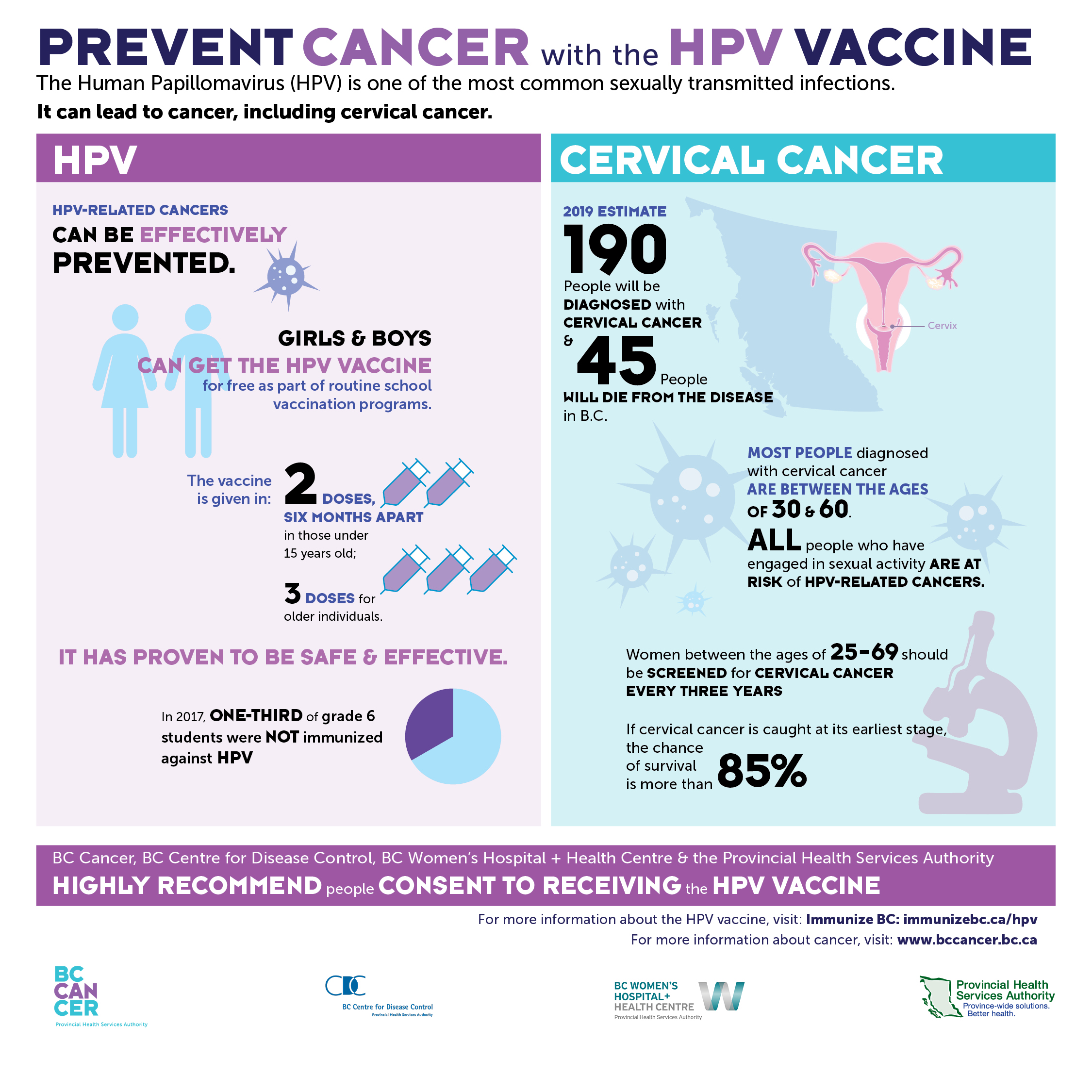HPV: Understanding the Risks, Symptoms, and Prevention Strategies
– HPV is the most common sexually transmitted infection (STI)
– There were about 43 million HPV infections in 2018, primarily among people in their late teens and early 20s
– HPV can cause health problems, including genital warts and cancers
– HPV is different from HIV and herpes
– HPV is spread through vaginal, anal, or oral sex, as well as close skin-to-skin touching during sex
– People with HPV can transmit the infection even if they have no signs or symptoms
– HPV can go away on its own within two years in most cases, but if it persists, it can lead to health problems like genital warts and cancer
– HPV can cause cervical and other cancers, including cancer of the vulva, vagina, penis, or anus, as well as oropharyngeal cancer (cancer in the back of the throat)
– Genital warts and cancers are caused by different types of HPV
– People with weak immune systems, including those with HIV, may be at higher risk for developing health problems from HPV
– To avoid HPV and its health problems, it is recommended to get vaccinated, particularly within the recommended age groups
– Routine screening for cervical cancer is important for women aged 21 to 65
– Using condoms consistently can lower the chances of getting HPV, but they do not provide complete protection
– Being in a mutually monogamous relationship or having sex only with someone who is HPV-free can also reduce the risk of contracting HPV
– CDC recommends HPV vaccination for all preteens at age 11 or 12, or can start at age 9
– HPV vaccination is recommended for everyone through age 26, if not vaccinated already
– Vaccination is not recommended for everyone older than age 26, but some adults age 27 through 45 who are not already vaccinated may decide to get the HPV vaccine after speaking with their healthcare provider
– Most sexually active adults have already been exposed to HPV, although not necessarily all of the HPV types targeted by vaccination
– Having a new sex partner at any age is a risk factor for getting a new HPV infection
– There is no test to find out a person’s “HPV status” and there is no approved HPV test to find HPV in the mouth or throat
– HPV tests are recommended for screening women aged 30 years and older, but not for men, adolescents, or women under the age of 30
– Most people with HPV do not know they have the infection and never develop symptoms or health problems from it
– Genital warts caused by HPV affected roughly 340,000 to 360,000 people yearly
– About one in 100 sexually active adults in the U.S. has genital warts at any given time
– Nearly 12,000 women living in the U.S. have cervical cancer every year, with more than 4,000 women dying from it even with screening and treatment
– Every year, about 19,400 women and 12,100 men in the U.S. experience cancers caused by HPV
– Pregnant individuals with HPV can develop genital warts or abnormal cell changes on the cervix
– Routine cervical cancer screening can detect these abnormal cell changes
– Pregnant individuals should continue to undergo routine cervical cancer screening
– There is no treatment for the HPV virus itself
– Treatment options are available for health problems caused by HPV
